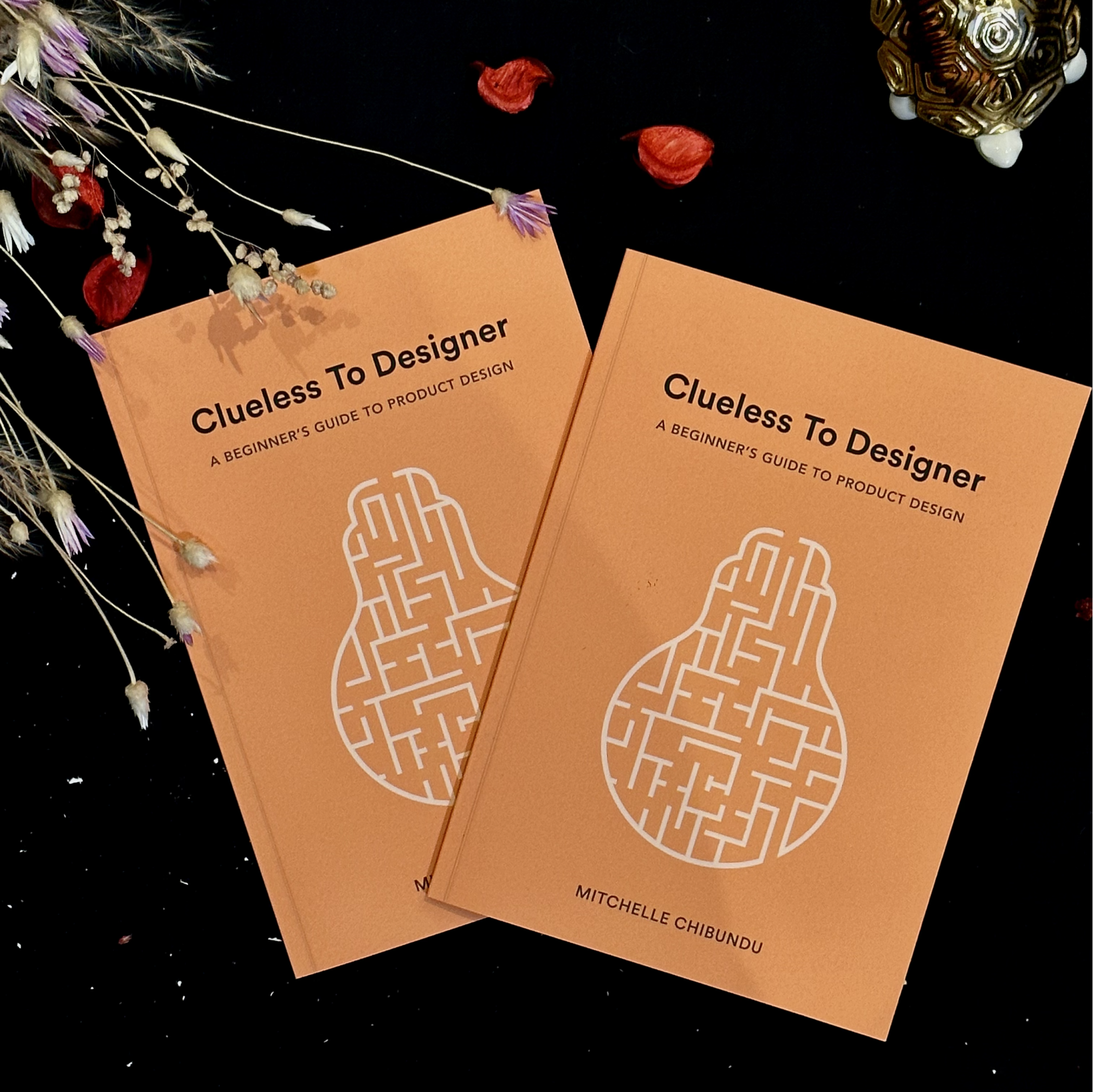The Importance of Great Storytelling in Design
4 min read
Mitchelle Chibundu
Storytelling is a transformative tool that connects people on a human level. Robert Mckee, the renowned lecturer of the STORY Seminars, refers to it as “The currency of human contact”. When you put it in this way, it becomes clear that storytelling is not just a form of entertainment or communication but an essential means of connecting and understanding ourselves fundamentally.
As designers in today’s fast-paced, constantly evolving environment, where companies launch new products and services practically daily, we can look beyond the surface-level features and functions of a product or experience and craft compelling stories that inspire customers to take action.
Whether it’s the design of a new product, experience, service, or brand, our work can potentially impact people’s lives tremendously and shape the world we live in. So how can you use storytelling as a designer?
In this article, we’ll discuss the importance of storytelling in design and practical tips for integrating storytelling techniques into your work.
Crafting experiences
To create a compelling story, involve customers early in the design process. Invite them to contribute to the narrative through their input and insights rather than always presenting your choices. This collaborative approach ensures the story is meaningful, relatable, and aligned with the customer’s needs and aspirations.
Designing Individual Features
To create a compelling story, involve customers early in the design process. Invite them to contribute to the narrative through their input and insights rather than always presenting your choices. This collaborative approach ensures the story is meaningful, relatable, and aligned with the customer’s needs and aspirations.
Creating Visual Stories
Visual storytelling is a powerful way to connect your audience and your idea, product, or service. Utilise related pictures, symbols, colours, and shapes to convey a story that resonates with your audience.
Many people also perceive product documentation and tutorials as dry and technical, but infusing them with storytelling elements can make them more engaging and memorable. Supplement texts with illustrations of the story and scenarios of how the product operates in various contexts.
This approach educates customers, sparks their imagination, and helps them see themselves included in the narrative, deepening their engagement and understanding.
Establishing Trust
Trust is crucial in any design process. You can establish customer trust by providing detailed descriptions beyond mere features or commands. Introduce real people and share their experiences to humanise the story. Consider creating a relevant and unique design that reflects the values and aspirations of your target audience.
Copywriting
Copywriting offers a compelling opportunity to tell stories because you can craft copy that informs, inspires, and motivates, taking your audience on a journey through words. Evoke emotions through your ideas and concepts, enabling your customers to empathise and connect with your product’s message.
Promote Your Work
Storytelling is a powerful tool for communicating your work and making it more engaging and memorable. Weave your work into a larger narrative that explains why it matters, highlights its impact, and connects with the values and aspirations of your audience. Stories breathe life into your work, making it relatable and personal.
“Stories are the creative conversion of life itself into a more powerful, clearer, more meaningful experience. They are the currency of human contact.”
To take this conversation a step further, I’ll share some practical tips for incorporating storytelling in your work as a designer:
Know your audience’s needs, goals and aspirations
Identify and articulate the core message you want to convey
Harness the power of visuals to breathe life into your story
Structure your design around a compelling narrative arc
Embrace characters and personal stories
Stir emotions that align with your message
Embrace simplicity and clarity
Test and iterate
Align design elements to create a cohesive visual language
Extend your story across different platforms
Finally, to create a compelling story, you need to focus on the human element and tell the story of the problem you’re solving, the impact you’re making and the people you’re helping. By focusing on the human part and crafting resonating narratives, your work can create impactful and memorable experiences.
So, the next time you start a new project, remember to think about the story you’re telling. How can you use design to create a narrative that resonates with your target audience and sets you apart from the rest? The possibilities are endless, so let your imagination run wild and tell a story that captivates hearts and minds.
Are you interested in design with no idea of how to get started in the career path? Get Clueless To Designer: A Beginner’s Guide To Product Design and kickstart your design journey now.




